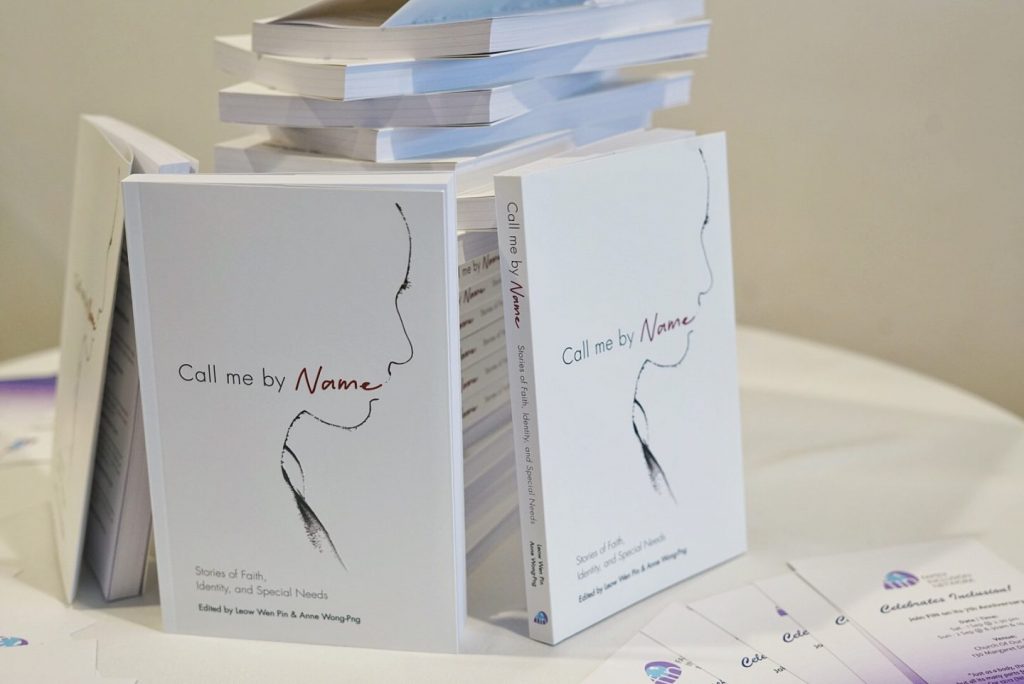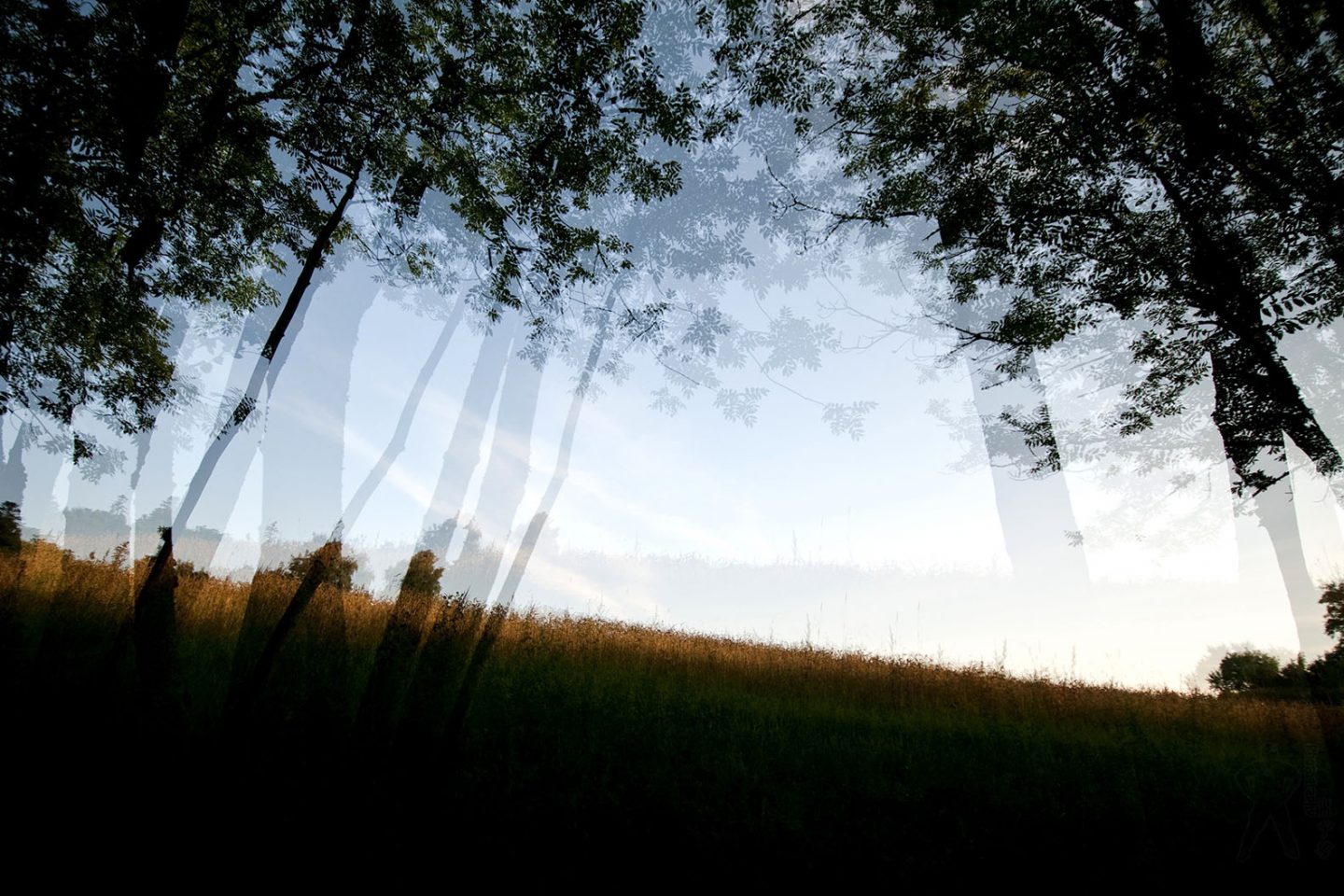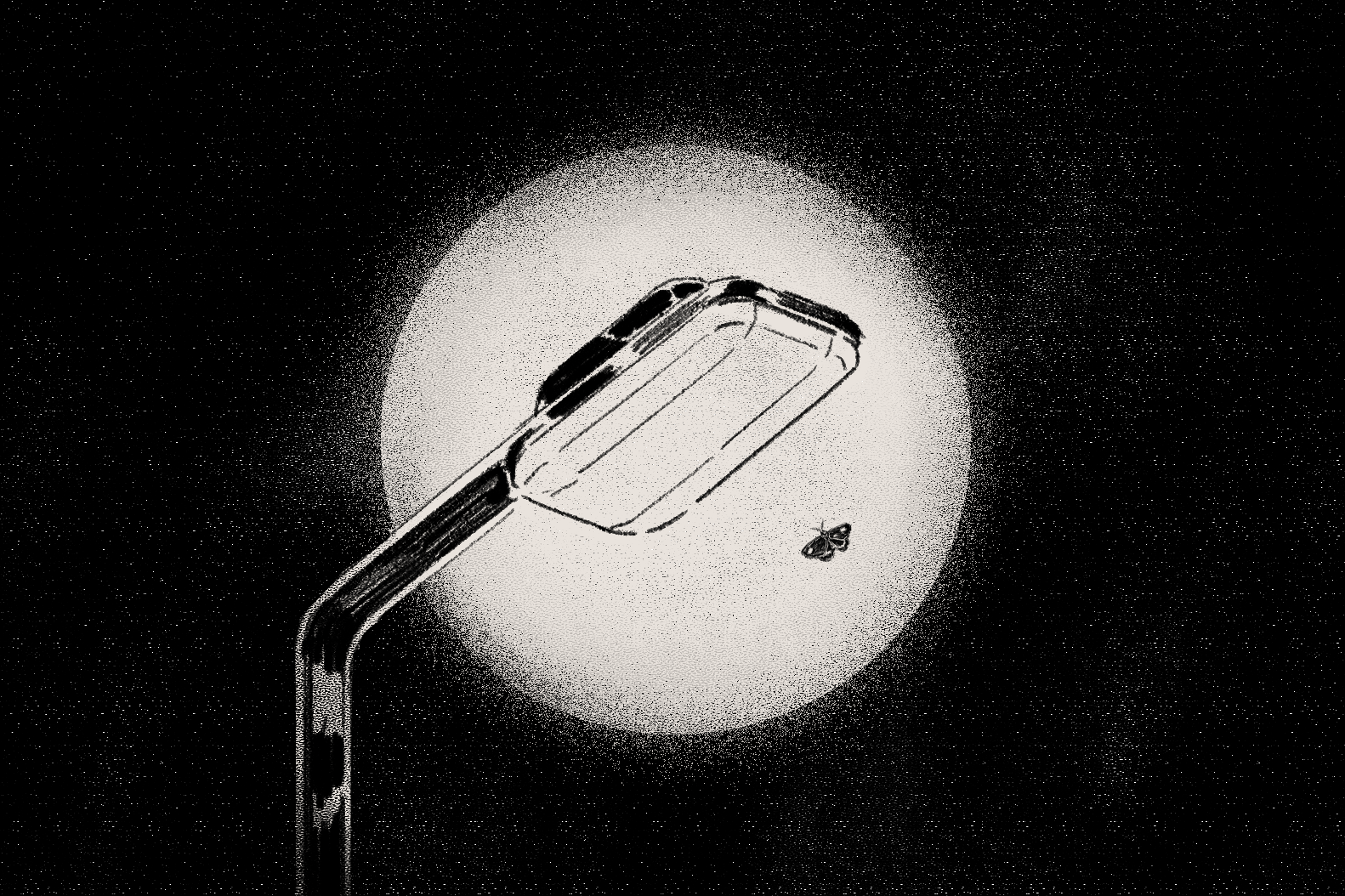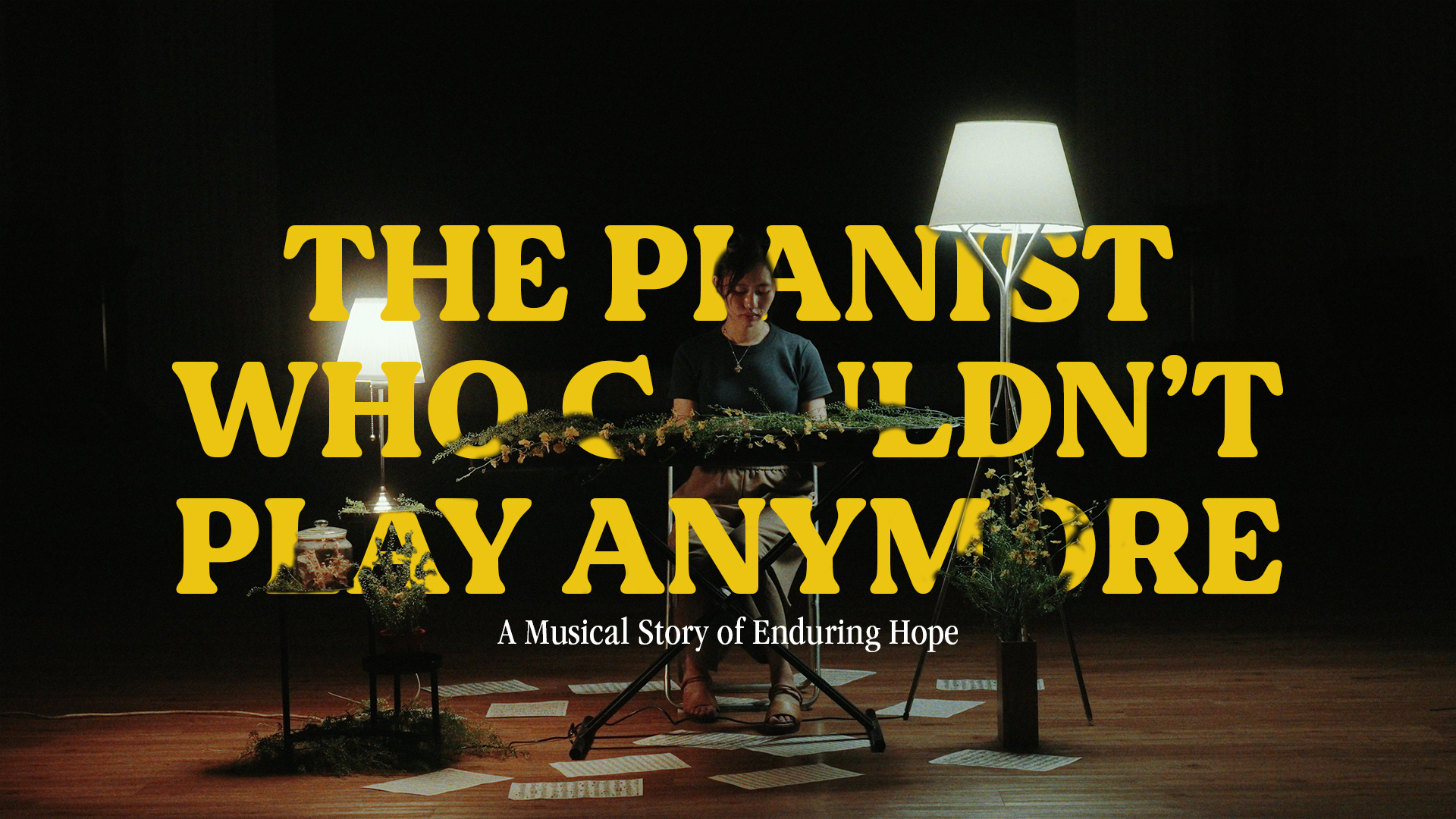Isabelle is a 24-year-old aspiring photographer who has Nager Syndrome, a rare condition. Born with profound deafness, she uses sign language to communicate. This interview was held in sign language, with her mother, Mrs Jacqueline Lim, who also acted as the interpreter.
There are only a few hundred known cases of Nager Syndrome in the world. I was born with multiple physical challenges in the areas of seeing, breathing, hearing and eating.
Besides my sight deficiency and being profoundly deaf, I was born with with a boneless thumb on each hand. Very early on I had my thumbs surgically removed and my index fingers re-positioned as thumbs. I also have fused elbows, as well as limited dexterity in my wrists.
When I was just a month old, the doctors at Singapore General Hospital (SGH) were unsure about how to treat my breathing difficulties but recommended a tracheostomy, an incision that would be made in my windpipe to allow air to flow better.
During those days, Singapore did not have the necessary kind of medical interventions, so we were recommended to a surgeon in Australia. The recommended hospital had more experience handling children with complex cranial-facial issues and jaw operations.

Because of my recessed jaw, it was also difficult to swallow food, which meant I had to be tube-fed for many years. Only around the age of 8 was I slowly progressing to porridge, and I had to carry packets of “Ensure” milk and porridge whenever I went to school, camps or family outings.
But even after my first jaw operation, I continued facing issues with my breathing, and I needed a Continuous Positive Air Pressure (CPAP) machine to assist my breathing at night. Together with my packed meals, I would have to carry this with me whenever I travelled.
Of all these physical limitations, being deaf is the most challenging because I need to communicate with people all the time. My parents put in the effort to learn sign language to communicate with me. Not every parent of a deaf child knows how to sign; this was their way of showing their love and support.

I studied at Balestier Hill Secondary School, one of the two mainstream schools in Singapore that accepted deaf children during that time. This meant I had resource teachers who interpreted lessons for the deaf.
Although I scored twelve points for my N-Levels, I decided to go to the Institute of Technical Education (ITE) to study accountancy. I was told by my resource teachers to be mentally prepared to survive without an interpreter.
I tried my very best to cope with the help of my buddies, but every day was like a battlefield – and I felt like I was fighting three times harder than I ever did. Lessons were like a silent movie! I was constantly chasing after lecturers for help outside classes.
This eventually led to a loss of interest in studying altogether.
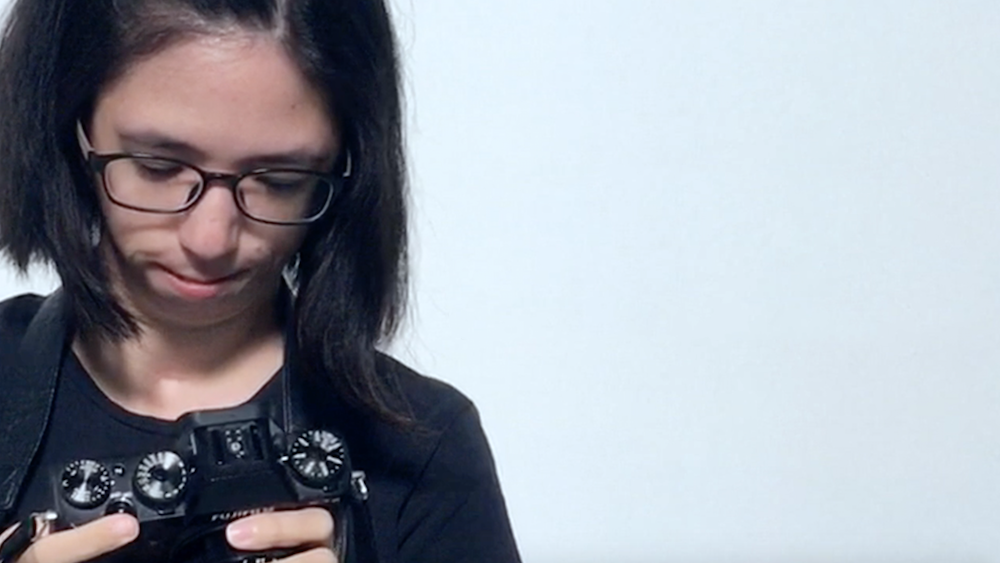
I had rarely experienced failure in secondary school, so this was a big blow to me. Thankfully, into my second year, God must have heard my cries, because the Singapore Association for the Deaf began providing an interpreter for deaf students in institutes of higher learning.
Finally, lessons came to life. There was progress shown in my results. In the same year, I found myself another buddy. During the next few months, I tried to catch up as much as I could, hoping that I would still able to gain admission into my dream polytechnic.
Although I did not go to that polytechnic, God opened a new door to pursue my new-found passion in photography through LASALLE College of the Arts, having honed my skills through the photography club in ITE as part of my co-curricular activity.
God even provided a three-year full scholarship through the Dare to Dream Scholarship. I was their first recipient.
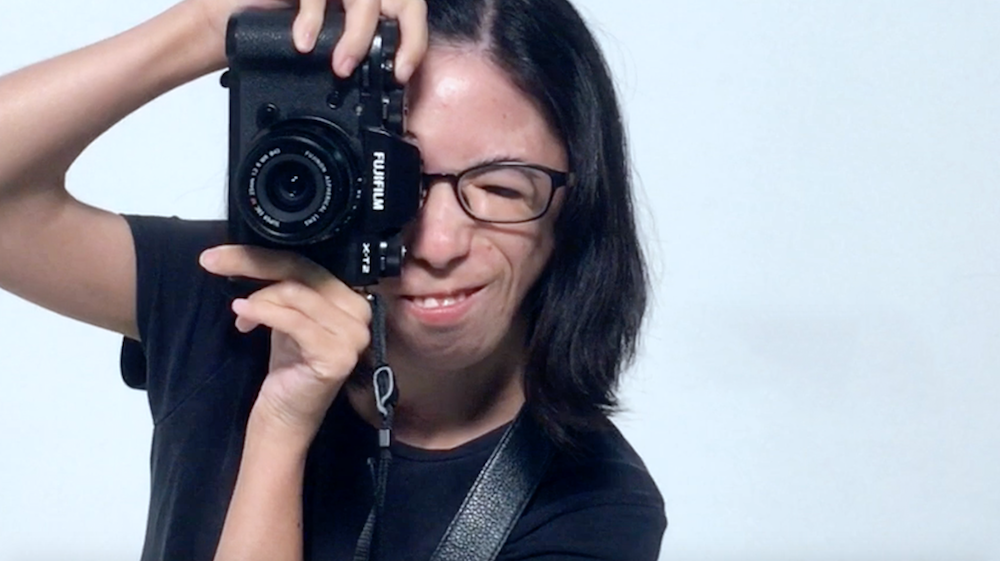
In the same way, God opened doors for me in church. From a young age, I joined the Special Sunday School ministry at Wesley Methodist Church. I only joined the youth ministry when I was in ITE, as I didn’t feel prepared to transition to a mainstream service before that.
In the first three weeks, my mother stayed with me to show the youths how to communicate with me. She found me an interpreter – my cell leader helped take notes and sign for me! My cell members started volunteering to take turns to note-take every Sunday to support me.
Initially I felt very stressed about bothering them, and worried about whether I would be accepted as the only deaf person in the ministry. However, in the end, they were very warm and accepting of me. After a while, many of them wanted to learn how to sign so that they could communicate with me.
Some of them even registered with our church’s Ministry of the Hearing Impaired (MHI) to learn sign language and become interpreters for our church. I have been so blessed by this community.

I remember when I was in secondary school, I would get jealous of other deaf children who were able to do physical exercises such as stretching and sit-ups.
However, now that I am older, I’ve learnt to turn my deafness to my advantage. Today, I work as a professional photographer, and photography makes full use of my gifts. I can focus on capturing whatever is in front of me without environmental distractions. I also do not need to speak much!
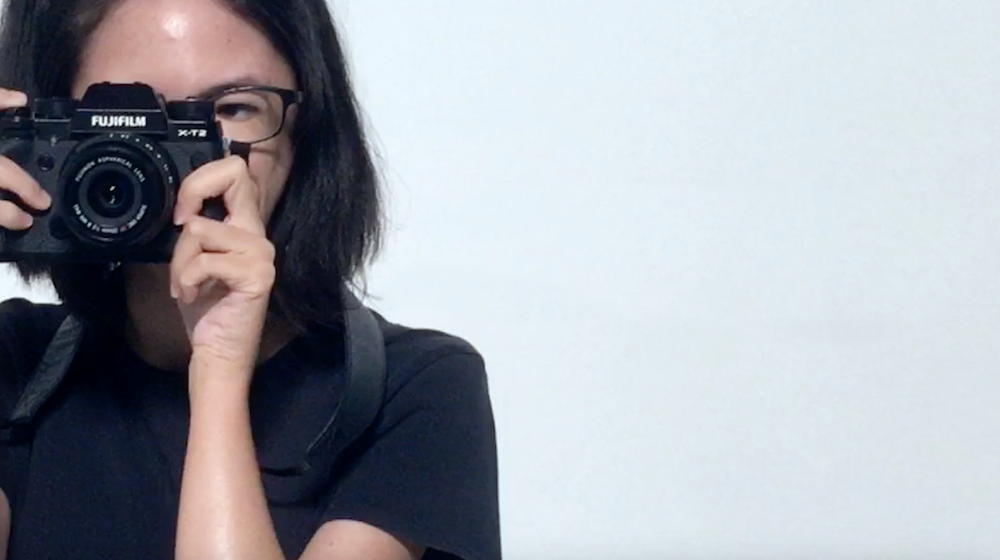
Still, I am faced with a lot of communication barriers in my industry. My mother is usually there to interpret for me when I have client work, but when she or an interpreter is not present, I face issues with people who assume that deaf people can naturally lip-read.
Sometimes, people with special needs may be forgotten or treated as invisible. I would like to see more employers hiring people with special needs in the workforce. What I do not like to see is for the deaf to be excluded and unemployed. It is a terrible feeling.

Whether it is through my deafness or my physical challenges, I want to be a walking testimony for God and an inspiration to others. God is my Father who knows me well – He knows my abilities, my strengths, and He knows what I can overcome.
The size of my camera does not matter. What matters most is using my God-given skills as a medium for my voice, and ultimately to shine for Jesus. I hope to overcome challenges and share the importance of looking beyond special needs, to the person and talent that lies within.
Because of His grace and provision, I graduated with a diploma in Fine Arts (Art Photography) from LASALLE College of the Arts in 2016, with the support of the Dare to Dream Scholarship. That same year, I held my first solo exhibition, “See What I See”, at the Enabling Village.
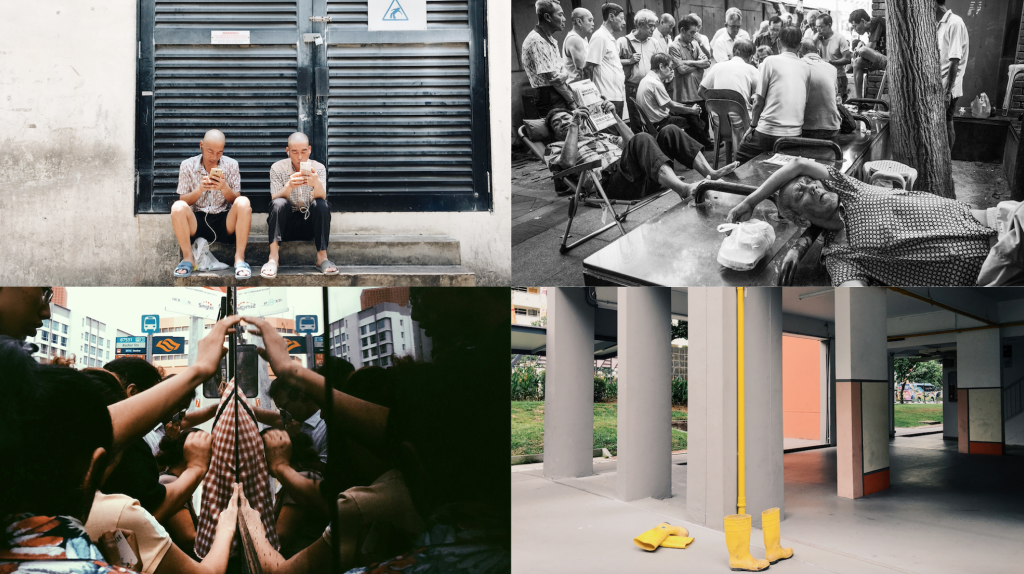
Last year, I held my second exhibition, “Living with Grace” a photo essay collaboration with my cousin, Tham Yin May, to raise
funds for the Today Enable Fund.
To end, I would like to share a quote from Perception, a photography series of the special needs community by ND Chow, a Tokyo-based Singaporean portrait photographer.
“We hope for a world that looks beyond disabilities. A world where disabilities are not perceived as no abilities. A world that is kinder. A world that is free of bias. A world that is full of love. A world that is more inclusive, where everything is beautiful. Perception hopes for such a world.”
Isabelle’s story is from “Call Me By Name”, a collection of 23 stories of Singaporeans with special needs, and their families. It was curated by the Family Inclusion Network, a group of parents and volunteers with a heart to embrace persons with special needs and disabilities.
The book will be available on Gracework’s online store from September 1, 2018 onwards.
